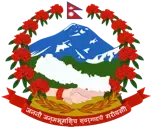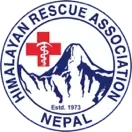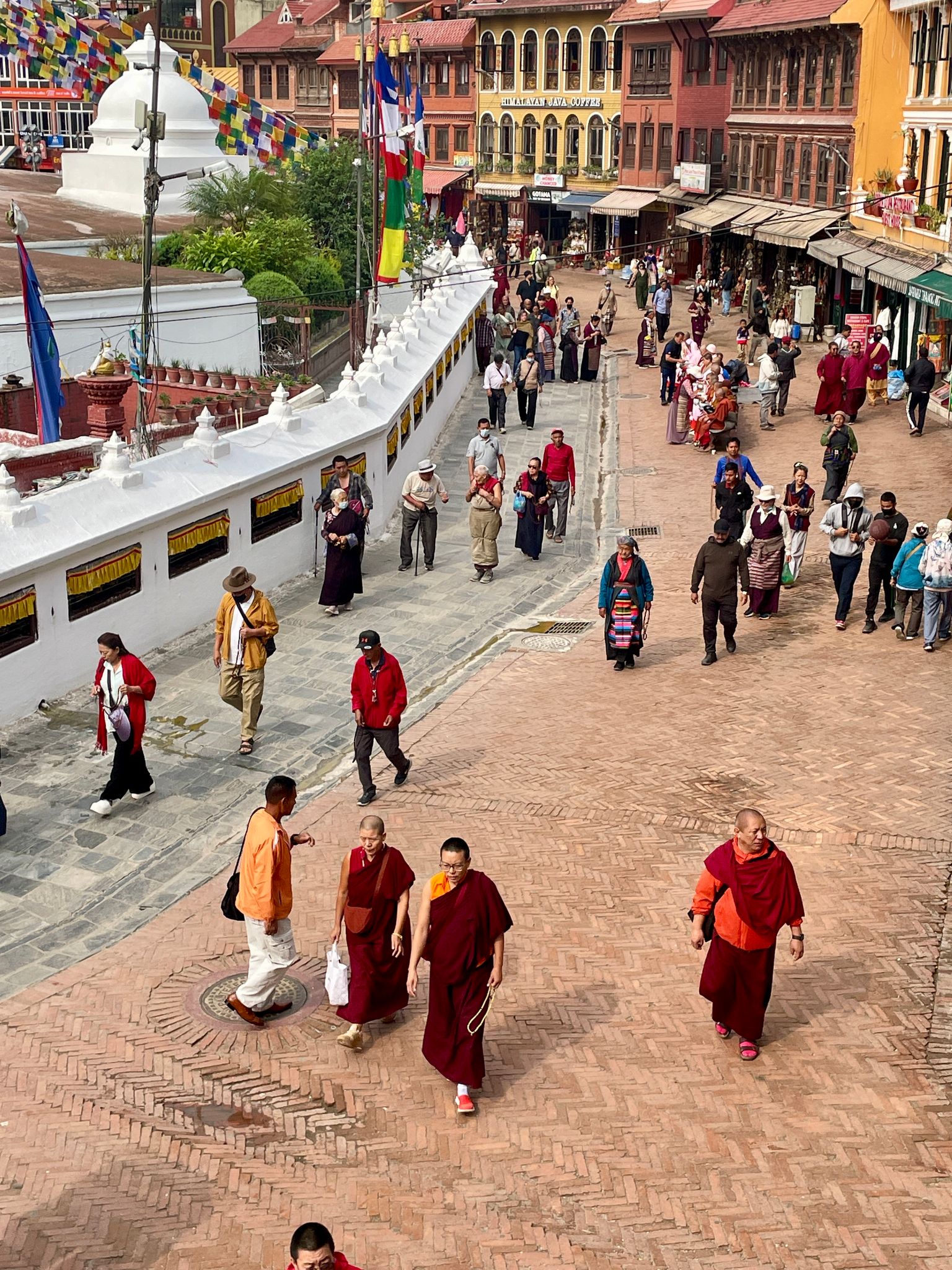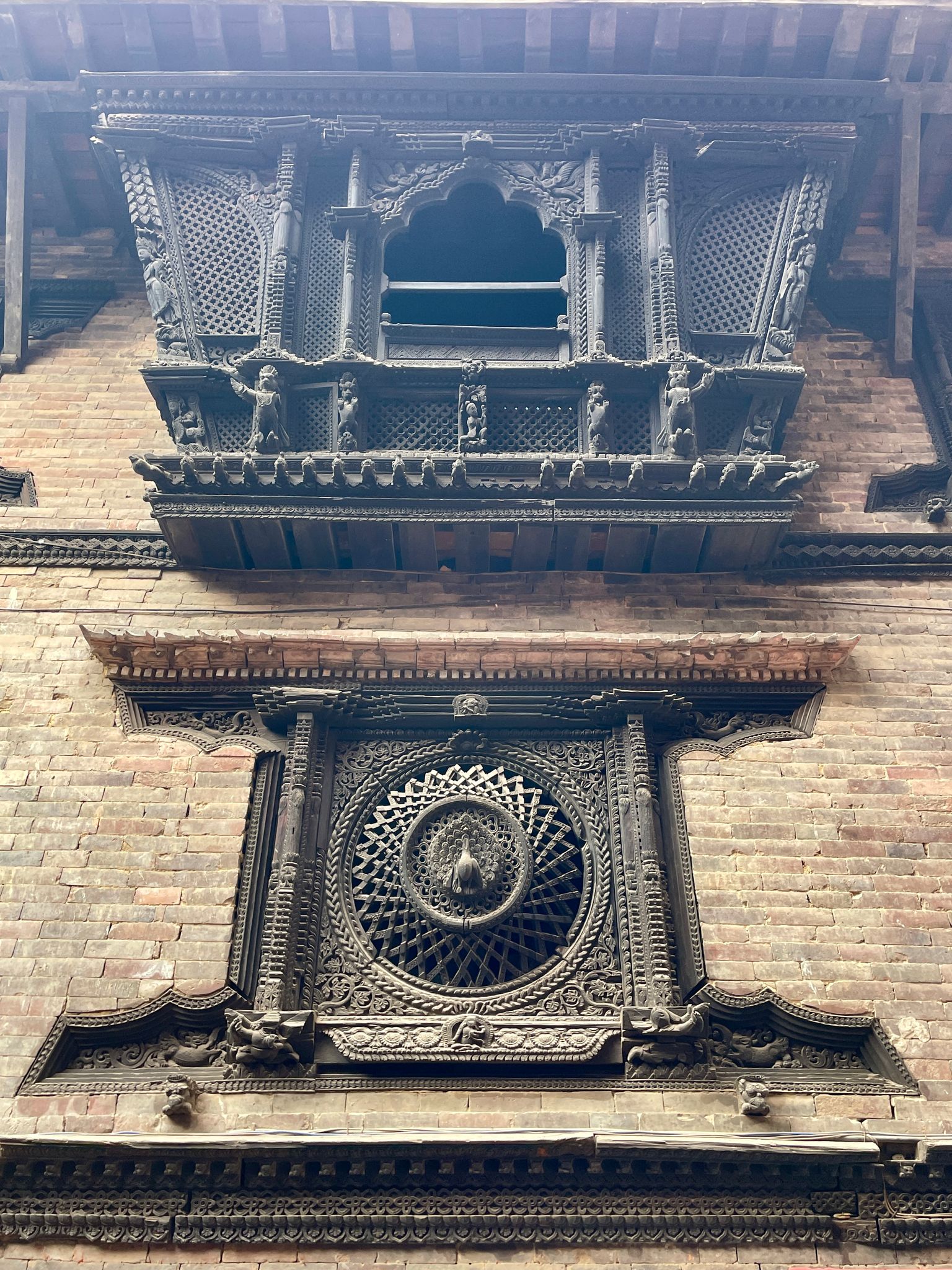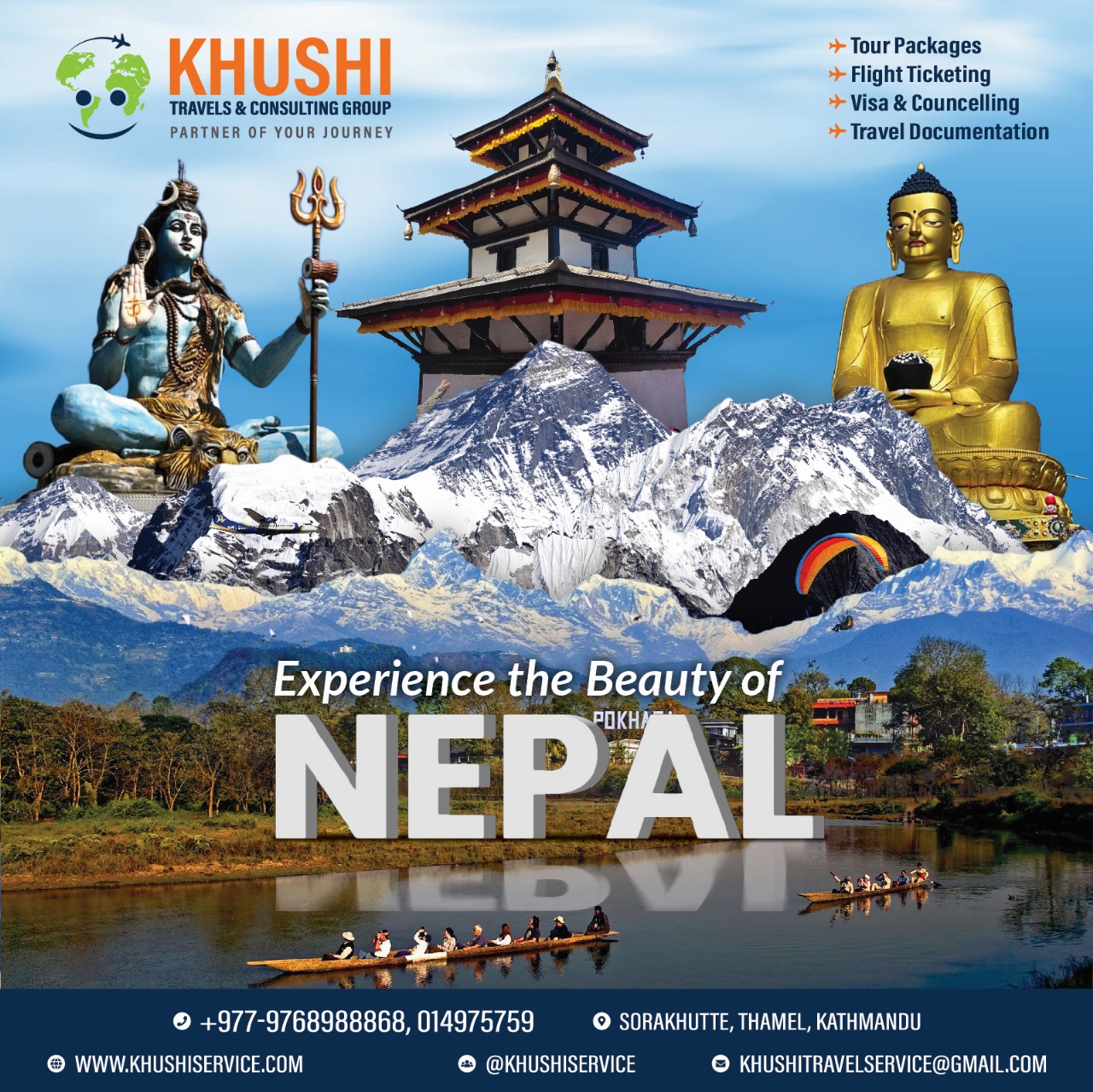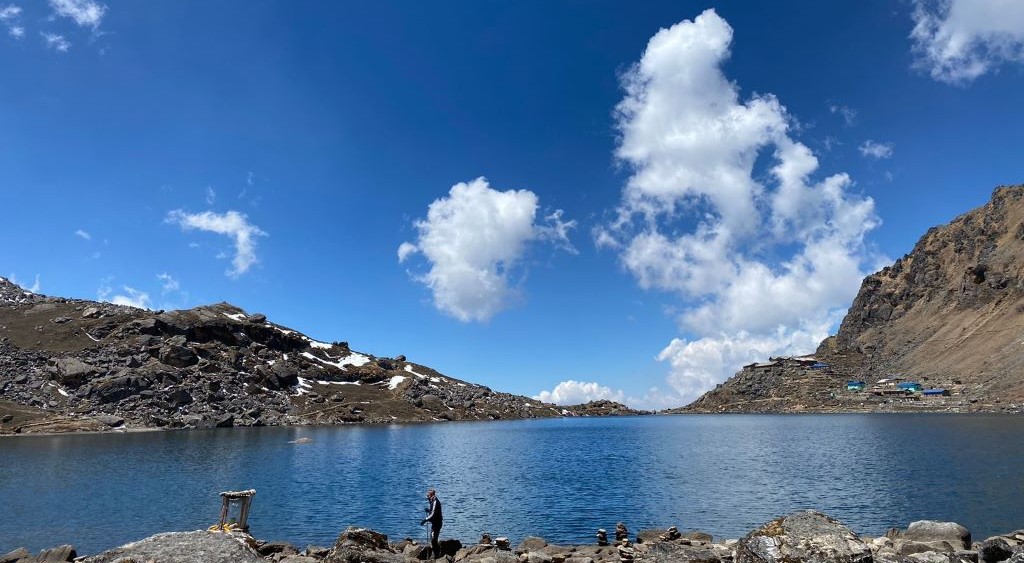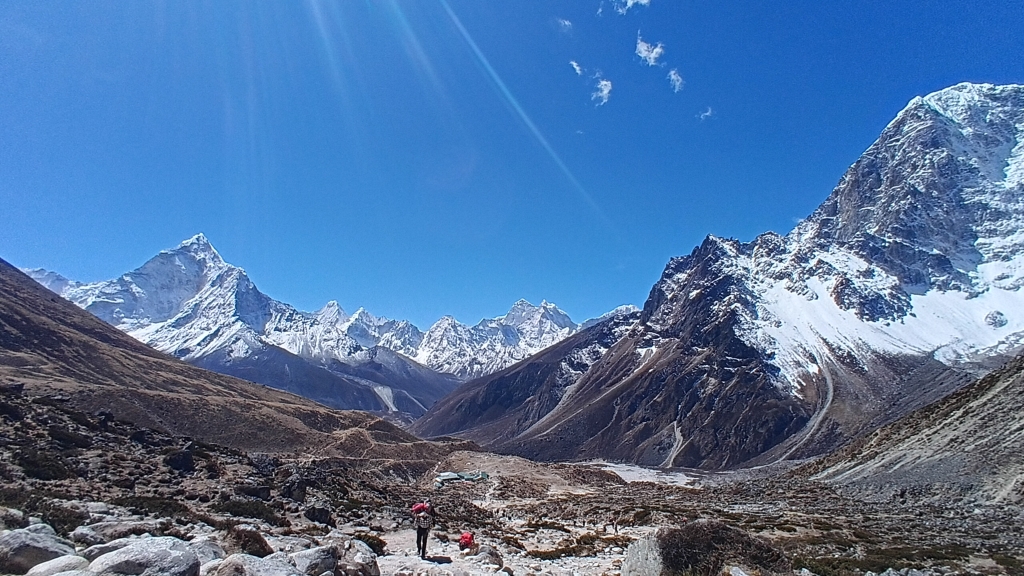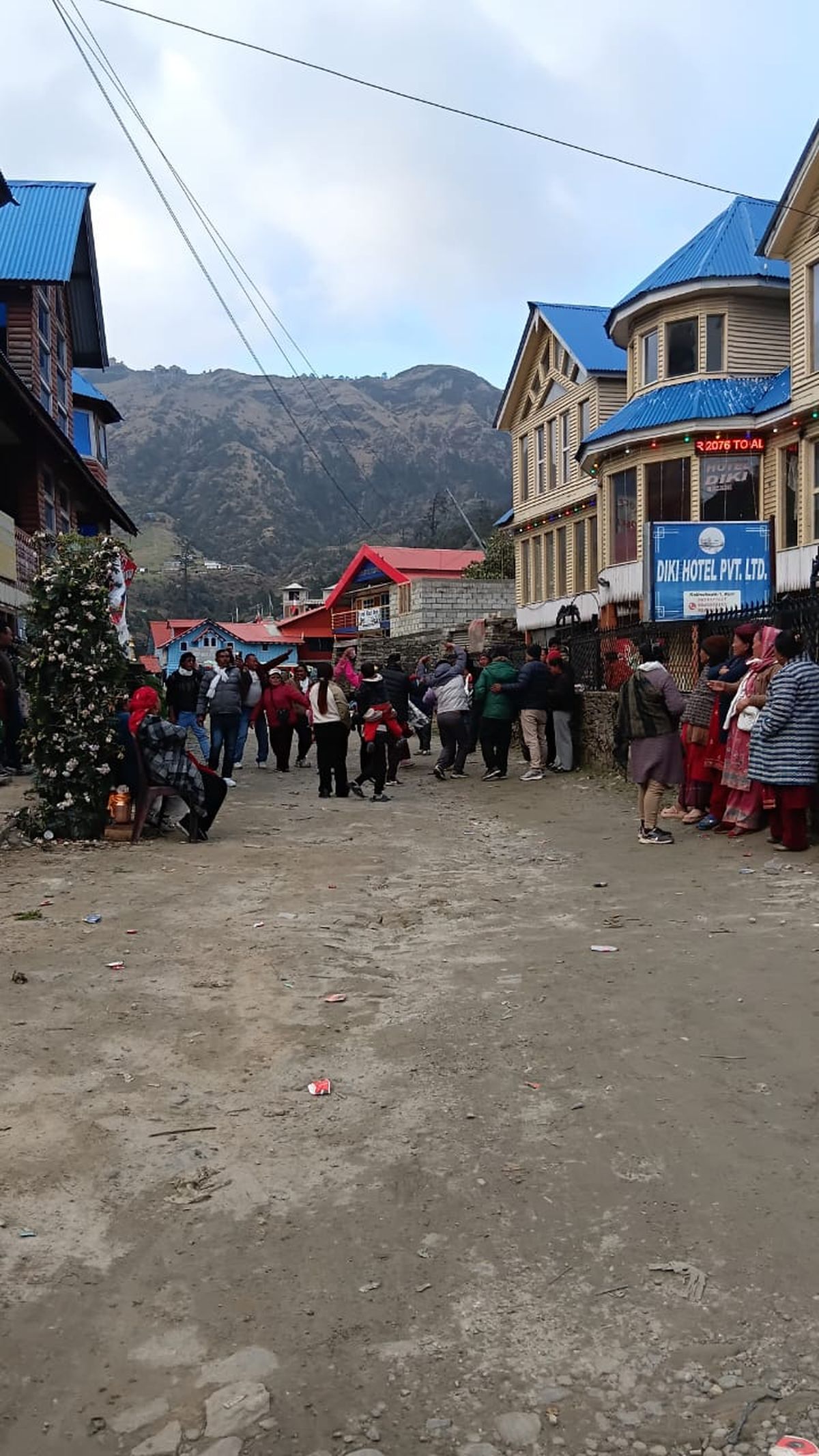

Visit Dolakha: Nepal’s Historic Gem
Visit Dolakha: Nepal’s Historic Gem
No one knows the exact date when the magnificent, albeit crumbling, hilltown of Dolakha was established. Historical records list it as an independent kingdom during the Malla dynasty in the 15th and 16th centuries. Its connections with Tibet suggest that this ancient town may date back as far as the 7th century.
Predominantly inhabited by the Newar community, Dolakha historically served as a key trading hub between Tibet, Northern India, and the Kathmandu Valley. Many residents of Bhadgaon (Bhaktapur) maintained summer homes here. Originally situated by the river, the town was later relocated above the Tama Kosi River—likely for defensive purposes. Even today, the steep path leading to the river hints at its strategic relocation. Remnants of fortress walls confirm that Dolakha was a fortified settlement.
Historical and Cultural Significance
Dolakha is rich with ancient monuments, temples, and drama platforms. While the Newars are the predominant community, the Thami ethnic group plays an important role in local legends and religious festivals. Historically, Dolakha’s women were highly educated and actively participated in governance.
The town is also sacred to the Gorkhali King. Legend has it that when the statue of Bhimsen (Bhimeshwor) in Dolakha perspires, the House of Gorkha will suffer unless offerings are sent. Cotton wool is used to wipe the sweat of the deity and sent to the Royal Palace in Kathmandu, where five sets of propitiatory items are then sent back to the Bhimsen Temple.
Once famed for its wealth, Dolakha now awaits restoration. Despite this, the town still offers immersive sightseeing opportunities for history enthusiasts and cultural explorers. The local Newari dialect is unique, and many believe it to be the language of the royal court of the Pandava Princes.
Festivals and Religious Traditions
Dolakha is home to many unique religious festivals and cults, such as:
Tripuresundari Bhagavati Festival
Tripuresundari Bhagavati, revered as the mother of Bhimsen, is the centerpiece of Dolakha’s iconic festival. The Thami community provides two 'Jhankris' (shamans) who enter a religious trance, perform purification rituals like fire-eating, and reenact the slaying of the demon Mahisasura. This vibrant festival showcases Dolakha’s rich spiritual heritage and unique cultural traditions.
Khadga Jatra (Sword Festival)
Celebrated during Durga Puja in September–October, Khadga Jatra is a night-long procession highlighting Dolakha’s traditional rituals and martial heritage. Devotees carry swords and participate in ceremonial performances, reflecting the town’s deep-rooted devotion and cultural vibrancy.
Bhimeshwor Temple Worship
The ancient Bhimeshwor Temple, dating back to the Kirat period, is a major spiritual attraction in Dolakha. Devotees from across Nepal and India visit to offer prayers during festivals like Bada Dashain, Balachaturdashi, and Chaitra Dashain. The temple is closely tied to local legends and is central to the town’s religious identity.
Dolakha as a Tourist Destination
Dolakha, one of Nepal’s 77 districts, is located 110 km from Kathmandu. Its district headquarters, Charikot, sits at an altitude of 1,970 meters, offering panoramic views of the Himalayas, including Mt. Gaurishankar (7,146 m) of the Rolwaling range. The district combines natural beauty, historical landmarks, and cultural richness, making it a must-visit for travelers. Dolakha is one of the rare tourist spots of Nepal in the sense that from this single palce the heart-touching views of Himalaya, forests, river landscapes and villages can be observed.
Key Tourist Spots in Dolakha
Dolakha Sahar
Dolakha, one of Nepal’s oldest towns, is just 4 km from Charikot and is rich in history, culture, and legends. The Bhimeshwor Temple, dating back to the Kirat period, draws devotees from across Nepal and India. It is one of the four Rudra temples, and local belief says the statue perspires before major crises—a phenomenon recorded multiple times. The temple hosts vibrant festivals like Bhim Yakadasi, Bada Dashain, Bala Chaturdasi, and Chaite Dashain. Dolakha also features many temples and stupas, including Tripurasundari Temple, and celebrates cultural traditions such as Machhindranath Yatra, Bhairav Kumari Jatra, Lakhe Jatra, and Khadga Jatra. With its history, spirituality, and cultural heritage, Dolakha is a must-visit destination for travelers seeking authentic Nepalese experiences.
Kalinchowk
Kalinchowk Bhagwatisthan, located 13 km north of Charikot at 3,842 meters above sea level, is a major pilgrimage site in Nepal. Kalinchowk Mai Temple attracts devotees during Janai Purnima, Bada Dashain, and Chaite Dashain. Trekking routes here are lined with vibrant Rhododendrons and other native flowers, offering a refreshing natural experience. From the peak, visitors enjoy panoramic views of snow-capped mountains, rolling hills, and picturesque landscapes. Kuri Village, 300 meters below the temple, showcases traditional village life, while the sunrise from Kalinchowk is a truly heart-touching sight. Kalinchowk also offers adventure activities including trekking, snow skiing, rock climbing, cable car rides, and golf, making it a perfect blend of spirituality, nature, and adventure.
Beding Village (Rolwaling)
Rolwaling valley is the centre of Chho-Rolpa, the greatest and one situated n the highest place of the country Himtal (Glacier Lake). Surrounded by towering snow-capped peaks of the Rolwaling range, the village offers stunning natural beauty, trekking opportunities, and a glimpse into traditional Nepali mountain life. Known for its skilled mountaineers and rich cultural heritage, Rolwaling is a gateway to remote trails, including the Tsho Rolpa Glacier. Visitors can explore local festivals, ancient customs, and serene landscapes, making it an ideal destination for adventure tourism, cultural exploration, and Himalayan photography.
Chho-Rolpa Lake
Chho-Rolpa Himtal, at 4,580 meters above sea level, is one of the most breathtaking high-altitude lakes in Rolwaling, Dolakha, Nepal. Stretching over 3 km with a depth of 135 meters and a breadth of half a kilometer, it lies at the base of Soboche and Tasilpcha mountains. The lake offers mesmerizing views of snow-capped peaks, crystal-clear waters, and alpine landscapes.
Accessible via a scenic trekking route passing through traditional Sherpa villages like Jagat, Gongar, Simigaon, Kyalche, Dobang, Niware, and Beding, Chho-Rolpa provides both adventure and cultural experiences. About an hour north lies Dudhkunda Lake, making the region perfect for trekking, mountaineering, photography, and nature exploration amid the majestic Himalayas.
Lamabagar
Lamabagar, located at 2,744 meters above sea level on the banks of the Bhotekoshi River, serves as a key entry point from Nepal to Tibet. The area offers stunning views of the 60-meter Koshi waterfall, flowing Tamakoshi River, and surrounding high mountains. Visitors can explore two monasteries, Chhewar Gumba and Pema Chiling Gumba, and experience a unique blend of Tibetan and Nepalese culture, traditions, and local heritage, making Lamabagar a must-visit destination for nature lovers and cultural explorers.
Jiri
Jiri, at 1,951m above sea level, is a picturesque valley surrounded by lush hills and dense forests, offering a generally cool climate. Known as the traditional starting point for the Everest Base Camp trek via the Lamasangu-Jiri route, it attracts trekkers from around the world. Visitors can also enjoy local Himalayan cheese made from native cows and experience the warm hospitality, rich culture, and scenic beauty of this charming Dolakha town.
Tashi Gumba, Bigu
Tashi Gumba in Bigu, 48 km north of Charikot, is a famous monastery known for training devoted nuns (Anis). Set amid serene landscapes, it offers trekking opportunities, stunning Himalayan views, and a chance to experience Buddhist culture and daily monastic life, making it a must-visit destination in Dolakha.
Shailungeshwor Danda
Shailungeshwor Danda, famously known as the “Hill of Hundred Hills,” is situated at 3,500 meters above sea level in Dolakha. This scenic hill offers breathtaking panoramic views of the majestic Himalayas, including Everest, Annapurna, and Machhapuchhre. Trekking enthusiasts and nature lovers visit Shailungeshwor Danda to experience the serene landscapes, pristine forests, and vibrant local culture, making it a must-visit destination for Dolakha tourism.
Conclusion
Dolakha is a treasure trove of history, culture, and natural beauty, offering travelers a unique blend of spiritual experiences, Himalayan adventures, and cultural immersion. From the ancient temples and vibrant festivals of Dolakha Sahar to the breathtaking peaks of Kalinchowk, the serene monasteries of Bigu, and the high-altitude wonders of Rolwaling, every corner of the district tells a story. Whether you seek trekking, photography, religious pilgrimage, or a deep dive into Nepalese traditions, Dolakha promises unforgettable experiences for every traveler.
With Khushi Travels and Consulting Group Pvt. Ltd., you can explore Dolakha comfortably and safely, guided by experts who ensure an immersive journey into Nepal’s heritage. Its rich culture, panoramic landscapes, and warm local hospitality make Dolakha an essential destination for every traveler in Nepal.
We are associated with

